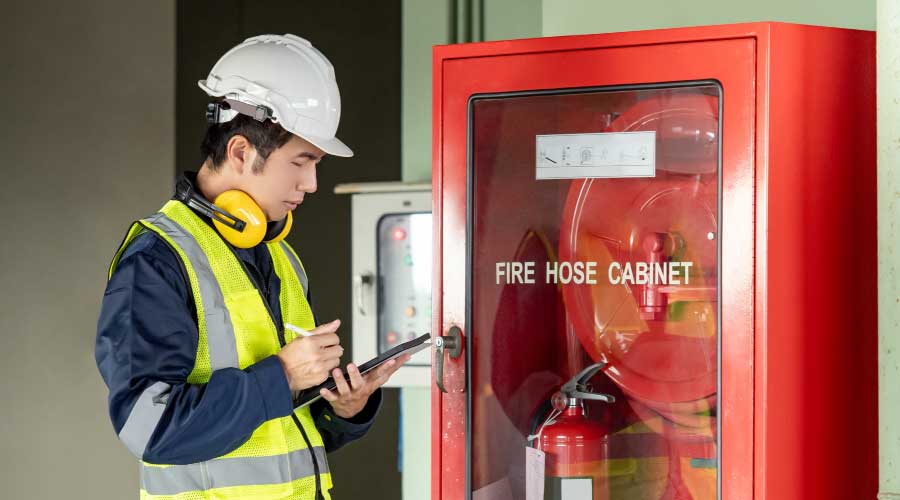 Chapman University’s facilities management department stresses the importance of accurate CMMS data in anticipating maintenance needs.
Chapman University’s facilities management department stresses the importance of accurate CMMS data in anticipating maintenance needs.University Taps into Facility Data To Improve Maintenance
Chapman University taps into facility data to improve maintenance and support organizational goals
The arrival of Big Data signaled to businesses that anything that could be measured also could be analyzed and improved. Among the largest lodes of data available to maintenance and engineering managers comes from technicians responding to work orders for inspection, repair and maintenance tasks. As a result, computerized maintenance management system (CMMS) databases have become valuable resources for managers.
Managers with Chapman University in Orange, Calif., are among the many who have embraced the use of CMMS data.
“There is a greater understanding of what they can have available just by doing a work order browse and pulling up information,” says Susan Deane, facility data analyst with the university’s facilities management department. The university’s experiences offers a glimpse of the challenges organizations face in gathering, analyzing and ensuring the accuracy of CMMS data, as well as the benefits of using the results of that process to improve campus operations and conditions.
Evolving technology
Chapman University’s 76 buildings on its main campus contain nearly 3.8 million square feet, and three academic buildings on a second campus contain 163,589 square feet. Deane’s department consists of 32 technicians, 19 administration and support staff on the main campus.
The role of the CMMS in the department has expanded in recent years. Deane has focused on training support staff on established CMMS data practices, providing ongoing training, and setting up and training technicians on use of the iOS app on their assigned devices. Develop, document, test, train and implement new practices for CMMS use provide administration staff data reports as requested.
“We have a mixture of iPod Touch and iPhone devices assigned to our technicians,” Deane says. “A downloadable app made available by the CMMS vendor provides for our technicians the ability to manage their scheduled work orders.” In 2016, the department moved all technicians from the prior cellular solution to a more robust and efficient iOS app.
“The implementation of the cellular solution followed a number of years later with the implementation of a new iOS mobile app that allowed our technicians to easily and more comprehensively manage work orders scheduled to them,” she says. The technicians’ use of the app has resulted in a number of benefits for the department and the university:
• eliminated the printing and distribution of work orders and resulted in a work order paperless environment
• freed up support staff time for other tasks
• eliminated labor data entry of technician time sheets, freeing up support staff time for other tasks
• enabled communication to all trades via their handheld devices to schedule work orders.
The value of data
The evolution of the Chapman University’s CMMS has included a heavy emphasis on the importance of facility data to improve planning and efficiency.
“Within the facilities management department, there is a greater understanding of what types of data are readily and easily available to all within the department when using the CMMS work order browse feature for research purposes,” Deane says. “There is an ongoing effort to explain the value of data as it relates to each technician.”
“For example, technicians have learned that comments they add to a work order on how they resolved a work order maintenance problem becomes their opportunity to build a history within the CMMS so that down the road, should they need the information as a reference, it will be available.”
Deane says she has used several methods to ensure a high degree of data accuracy, including the initial and ongoing training of support staff to maintain consistent processing of work requests and work orders. In addition, the CMMS administrator reviews of all work orders and, if needed, edits the data to reflect the job more accurately.
Related Topics:













